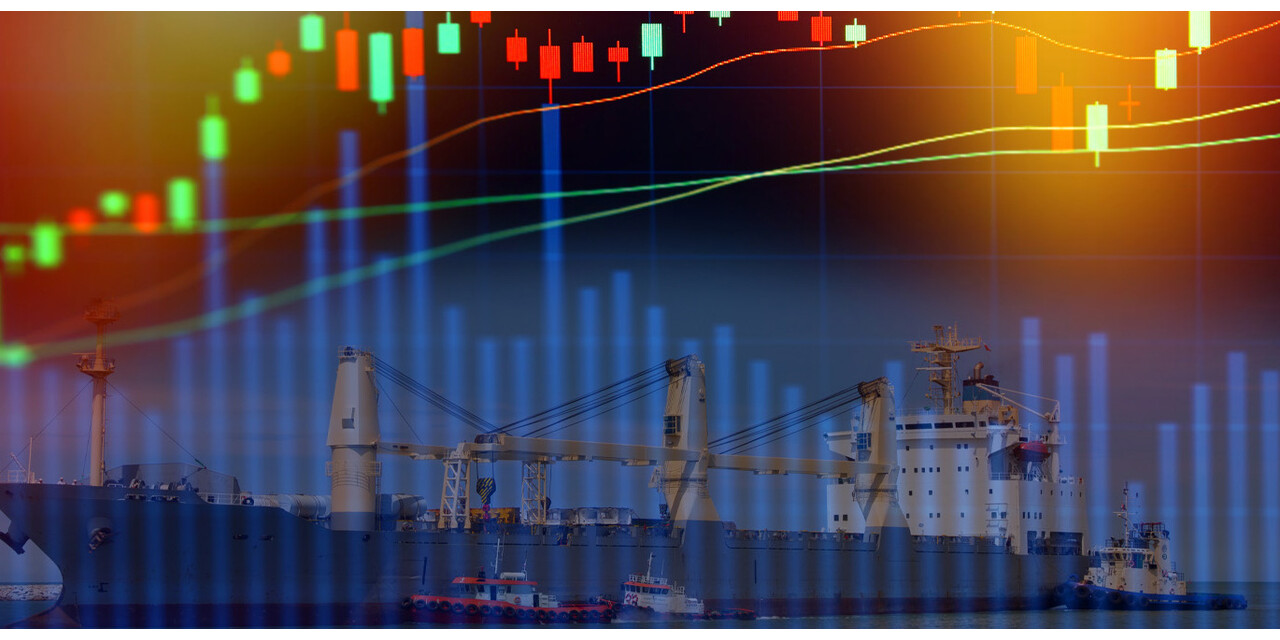
8 indices that help you manage freight rate volatility
A study by the University of St.Gallen has examined how to manage freight rate volatility. These indices can help companies weather the stormy conditions ahead.

A study by the University of St.Gallen has examined how to manage freight rate volatility. These indices can help companies weather the stormy conditions ahead.
Today, a plethora of indices exist that track freight rates in logistics markets. However, most information sources usually paint an undifferentiated picture of rate developments. Typical pain points stem from (1) low publication frequency, (2) retrospective data publications, and (3) methodological misconceptions.
As a result, most companies operating in the logistics market lack transparency on how to assess and manage these information sources. For this purpose, this article presents a set of distinct information sources practitioners from shippers and logistics service providers can leverage for each transport mode. To this end, we present clear recommendations regarding the application of these indices as a decision-supporting instrument in practice.
The Shanghai Containerized Freight Index (SCFI) tracks spot freight rates on the export container transport market from Shanghai, considering 15 individual routes. Unit: USD / TEU
The Drewry World Container Index (WCI) measures spot freight rates based on a composite of container freight rates on 8 major routes to/from the US, Europe, and Asia. Unit: USD / FEU
The TAC Index tracks airport-to-airport general cargo pricing across the major air cargo trade routes (origin-destination pairs) based on transactional data from global air forwarders. Unit: USD / kg
IATA CargoIs provides a picture of market price across more than 80.000 city-to-city trade lanes based on data from over 21 million airwaybills settled annually through IATA’s Cargo Accounts Settlement System (CASS). Unit: USD / kg
The Eurasian Rail Alliance Index (ERAI) tracks current rail transit rates and average rail transit times in the Eurasian rail corridor between China and the EU. Unit: USD / FEU
The SCI Rail Index measures the current business situation and expectations for the coming six months in the global rail sector based on 100 reports from representative companies. Unit: custom scale index
The TIMOCOM transport barometer displays the current freight and vehicle space supply and demand trends within the European road transport market. Unit: freight ratio (in %)
The DLSV Kostenindex displays cost developments of domestic system traffic of general cargo in Germany. The index is a composite of all handling costs (personnel, fuel, toll, and material costs) of a general cargo shipment. Unit: change in costs over time (in %)
Practitioners can use the indices examined in this article in three fields of action:
Based on the three fields of action presented, we recommend practitioners to not only consider the indices presented in this article but carefully examine over 60 indices we have identified within our study. Considering this data will help increase market transparency and better manage volatile freight rates in logistics markets.
Fluctuating freight prices are the nightmare of every shipper and logistics service provider. The development of freight prices has always been subject to significant fluctuations due to seasonal and regional trends. However, forecasting, and adequate handling have become increasingly complex in recent years. Moreover, in light of COVID-19 pandemic and the war in Ukraine , there have been extreme increases in freight prices – regardless of the mode of transport – which have further exacerbated the price situation. So, where to start?
A current study by the Institute of Supply Chain Management at the University of St.Gallen has addressed this question. The study results are based on a broad-based study consortium consisting of logistics service providers, shippers, and IT partners. Also, 45 experts were interviewed as part of an extensive interview series on challenges and management approaches to dealing with volatile freight rates. Instead of a single actor perspective, the study systematically examines best practices from the perspective of shippers and logistics service providers.
In addition, the study includes additional scenarios, success stories of shippers and logistics service providers, and a listing of 60 relevant indices and 142 digital business models in logistics.
AEB’s cloud-based Transport Management System adapts to you as a company and to shifting requirements and regulations, making transport management flexible, reliable and allowing you to always stay in control.